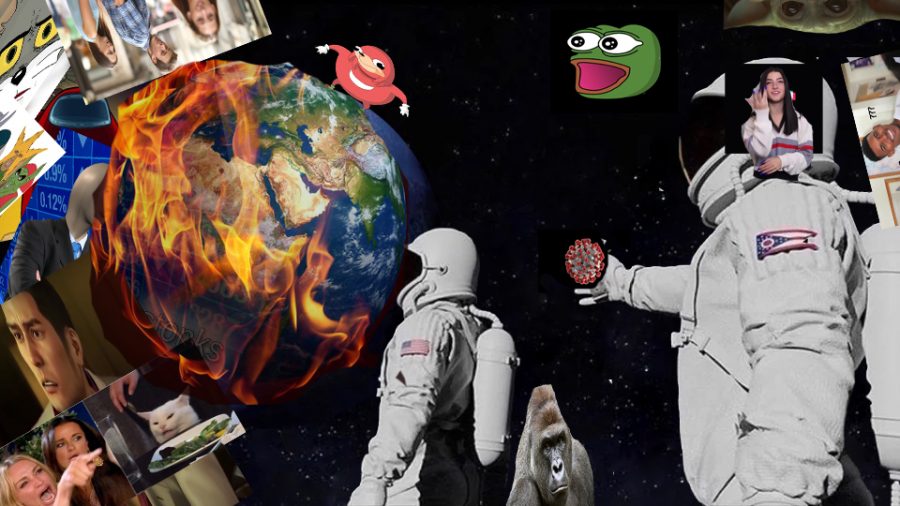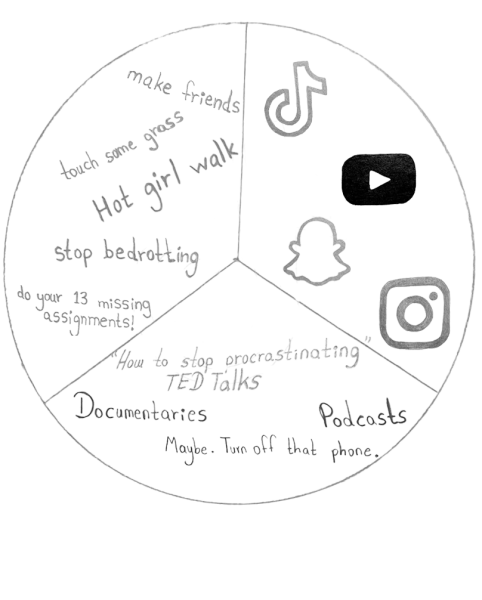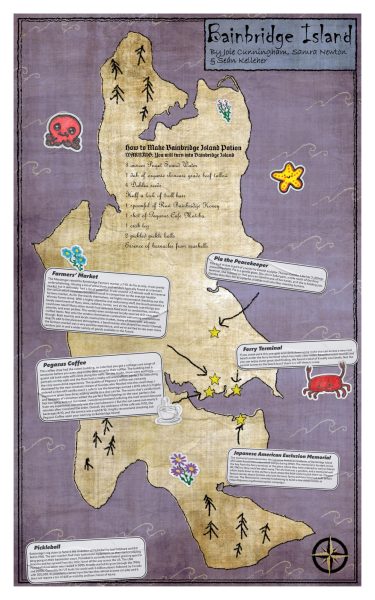The Brief History of Memes
Or as my mom would say it, ME-ME’s.
Memes. Pictures with short captions, or an idea that is bound to make someone laugh, no matter how stupid it is, or a concept on the internet, or maybe it could be a song. Using memes is the most popular way to communicate on the internet. The word meme was first introduced in 1976 in the book The Selfish Gene by Richard Dawkins, in which he defined the word meme as a unit of cultural transmission. He said that anyone that sees a meme is a replicator, but since humans cannot copy one thing exactly the same, we tend to modify or create new memes. If this is his definition of “meme”, then how have they changed over the years?
The first memes to ever appear were the classic top text/bottom text on the picture in the mid-2000s. These were the simplest forms, as there weren’t that many tools to create it back then. Top/bottom text memes were similar to the “One does not simply” or the Velociraptor meme. Rage comics were also popular back then. They featured a three-panel comic that had the infamous troll face reacting to a situation like playing a game, reacting normally at the beginning, then once they fail or something bad happens, it will have the troll face raging and throwing the controller in this example. These were made in Microsoft Paint, which gave more people access to modify or replicate these memes.
Then, in 2007, Youtube began to popularize the video meme format. Rick Rolling became a thing, and from there, it just took off. “Chocolate Rain”, “Numa Numa” and the Harlem Shake were some noteworthy videos, and with that, meme culture was popularized.
Vine, a very popular social media app despite its short life, popularized the short video format of memes further. These videos exploded, with notable vines such as “Deez Nuts”, “What are those”, “Weed crayon” and “Iridocyclitis.” Nowadays, platforms like Tik Tok combined vine and youtube into one, creating a new way to spread humor.
Memes have changed a lot since its introduction. A good example would be to compare something like rage comics to Harambe. Rage comics had a purpose to it. It had a beginning, middle, and end. Harambe was a meme started after the death of a gorilla, and the outrage that followed. The phrase “Bruh” or “Bruh moment” had found its home into almost every Gen-Z person’s vocabulary. “Bruh” was a shortened version of brother, and was used when something stupid happened. A bruh moment would be something like, “When your wife’s boyfriend doesn’t let you sleep with her.” “Oof” was very short-lived, in which the sound effect when you die in Roblox was used by people whenever someone done goofed. “T-Posing” is a trend where you stand up straight (preferably above someone) with your arms in a T shape to assert your dominance.
2020 itself is a giant meme as some would say, because of what has happened. Being stuck inside your house for half a year is extremely boring, and people have found ways to quell their boredom. An example of this would be Among Us, a game that has exploded in popularity in recent months has become a meme itself. People started playing it because there was absolutely nothing to do. Karen memes have seen an influx in popularity, where Karens are seen in videos protesting against wearing masks, the infamous“LeT mE tAlk To YoUr MaNagEr” videos, or telling people of Asian descent to “get out” for allegedly spreading Covid in America, which is just racist.
Memes are not a one size fits all concept. Some may find some memes offensive, while others will laugh at anything. The internet is filled with all sorts of people and things, and memes will constantly evolve every year. What will memes look like 10 years from now? Only time will tell.






